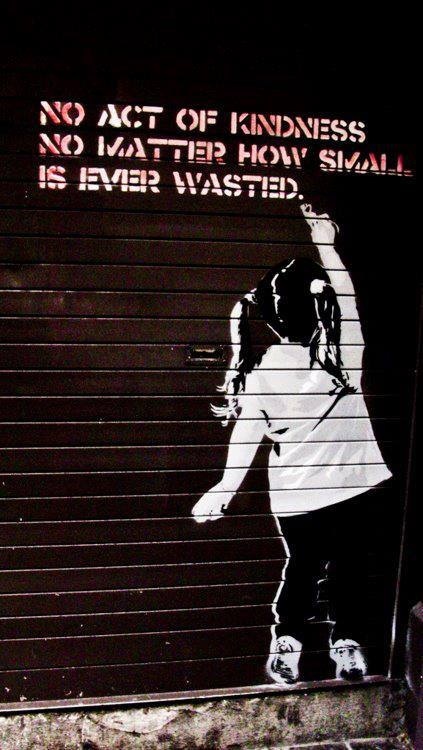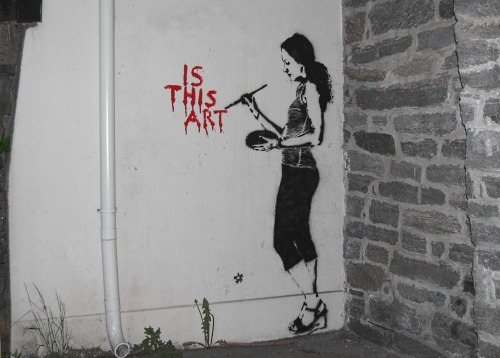Lists:
I live by lists.
- To-do.
- To-think-about.
- What-if?
- Inventories of written stuff on the hard drive, manila folders boxed in the closet. Junk. Fragments. Revisable or revisitable.
- AA’s moral inventory is a list.
- So is confession.
- How do I love thee? Let me make a list.
- This thing, this Burn Pile, is a list. They all are, in one way or another. Lists of lists.
- A list of destinations.
- Or, no… A list of starting points.
* * *
Poets & Writers creative nonfiction prompt references a list.
"In The Pillow Book of Sei Shonagon, translated and edited by Ivan Morris, the eleventh-century Japanese poet and courtier created a series of lists based on her daily life. Her topics included "Hateful Things" ("A carriage passes by with a nasty, creaking noise"), "Elegant Things" ("A pretty child eating strawberries"), "Things That Have Lost Their Power" ("A large tree that has been blown down in a gale and lies on its side with its roots in the air"), and "Things That Should Be Large" ("Men's eyes"), among others. The list form allowed her to celebrate, or denigrate, details that may have otherwise been passed by unnoticed. This week, take ten minutes to invent and populate a list of your own: the more specific, the better. Make more lists with each day if the spirit strikes you."
"The sounds roll off the tongue like poetry, with the same resonance and authority that transcends mere meaning. They are accompanied by a little swarm of facts worn almost meaningless by repetition and familiarity."
- Read more of The Pillow Book in .pdf form here.
* * *
The New Yorker rolls out in its “Sunday Reading” an archival list of political humor coverage.
Hive Mind
The stinging comedy of Samantha Bee’s “Full Frontal.”
By Emily Nussbaum
Expletives Not Deleted
The profane satire of Armando Iannucci’s “Veep.”
By Ian Parker
Hasan Minhaj’s “New Brown America”
By Doreen St. Félix
Vive John Oliver
By Sarah Larson
The Goat Boy Rises
By John Lahr
Small Wonders
Comedy, off the radar.
By Emily Nussbaum
…which uses up my allotment of free articles for the month, and it’s only the 3rd!
To do:
~ re-up my New Yorker subscription…
* * *
On most folks’ list of fears is public speaking, but it’s a matter (sometimes) of what you’re speaking about. Hera Lindsay Bird says she gets “more embarrassed reading a really sincere love poem out in front of hundreds of people than I would one about a blowjob.”
Hera Lindsay Bird: poet of exploding helicopters and dick jokes
In which “the New Zealand poet explains the 90s sitcom references and unembarrassed passions that have gone into her eponymous debut.”
* * *
Are you reading this from behind bars? Or do you anticipate doing some writing in that circumstance? Enjoy the Winning Manuscripts of PEN America’s 2017 Prison Writing Contest, “one of the few outlets of free expression for the country’s incarcerated population.”
Centering the Voices of Incarcerated People: Emile DeWeaver, cofounder of Prison Renaissance, writes about the influence of James Forman, Jr’s book, Locking Up Our Own (one of The New York Times’s 10 Best Books of 2017) has had on his work. This essay originally appeared in Colorlines.
* * *
“Talk to anyone who worked in book publishing this year and no matter how chipper the conversation may begin, once you’re a few drinks in the talk will turn gloomy.” The Year in Best-Sellers examines the titles of 2017, what sales and popularity actually mean to readers, and tells us about them.
* * *
And yeah, one list just keeps growing.
All The Actually Decent Men in Fiction We Could Think Of
Hunting for a few good men? It’s harder than you think, but [Electric Lit] found 16.
As to (some of) the rest, What Do We Do with the Art of Monstrous Men?
By Claire Dederer in the Paris Review.
* * *
To do:

















![By Zina Deretsky, National Science Foundation [Public domain], via Wikimedia Commons](https://images.squarespace-cdn.com/content/v1/5577a12ae4b053a499f459d5/1510514171788-NSFHS5523B5ETP00IALS/800px-Reproductive_cycle_of_jellyfish+%281%29.jpg)










